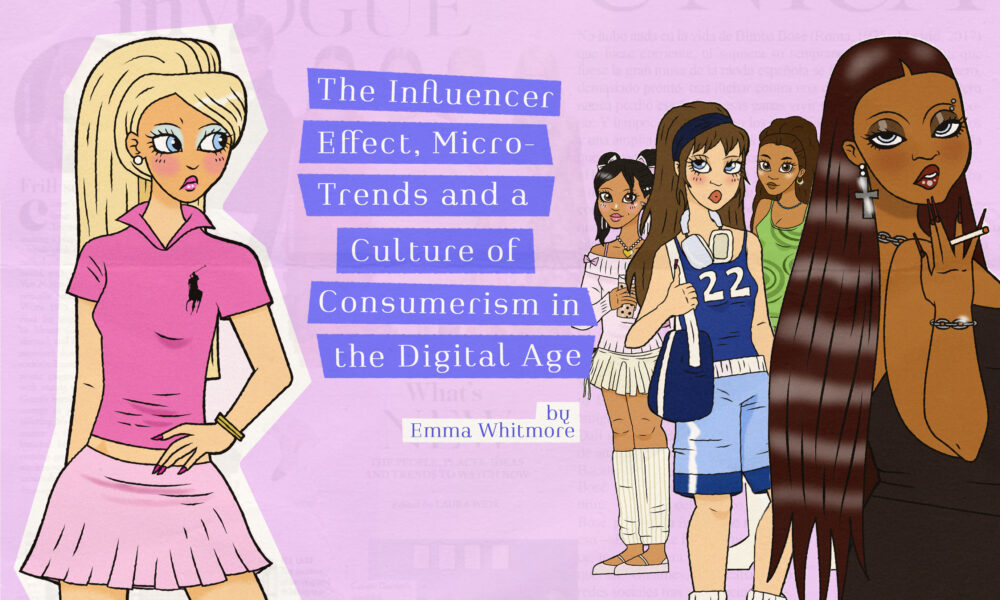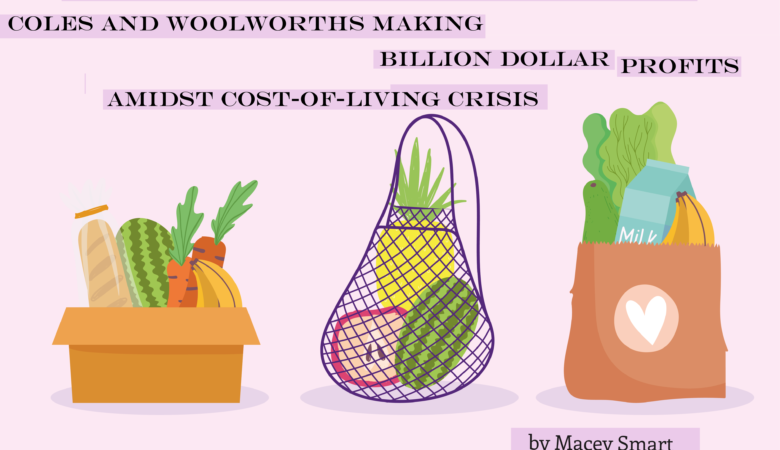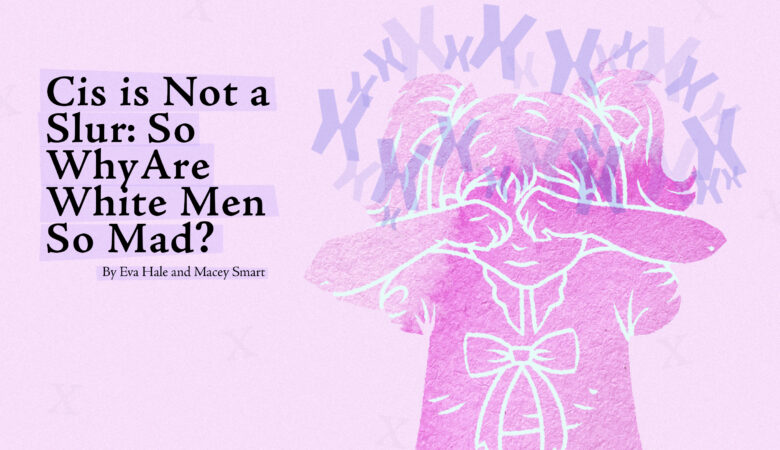When I think about my earliest experiences of influencers, I envision the thick cotton of a pale pink Ralph Lauren polo shirt. I was six years old and spending the Easter break in the luxurious house of a family friend during a joint holiday in Queensland. The other family’s daughters were clad in a revolving wardrobe of Ralph Lauren’s children’s line, sparking new feelings of comparison and jealousy in my older sister and I. We were gawky, lanky kids—all knees, elbows and knotty hair—and viewed the other sisters as cool, confident and athletic. They were the primary school equivalent of the Joneses. And so, as they strutted around, their coolness became synonymous with the small, intricate horse embroidered on their tennis skirts and dresses.
That Christmas, after months of pestering our parents, my older sister unwrapped her very own neon orange Ralph Lauren polo. The shirt was adored for a period. And then the cool girls moved on to Roxy. The polo, now a strange, bleached-salmon colour from a poorly planned wash-cycle, was left forgotten. This anticlimactic outcome after months of materialistic longing was my first insight into the cyclical workings of the influencer effect: Social comparison. Intoxicating obsession. Sharp euphoria. And then: sudden disregard.
Today, the term influencer is associated with someone who has built a notable following on social media, where their recommendations and opinions are given a platform and an audience. But the art of influencing is as ancient as the human practice of comparison. We are curious and social creatures, constantly searching for some sort of social order. We innately categorise. Who is ‘popular’? Who is ‘successful’? Why is that so? From these comparative compulsions, an environment is almost always made for influence to arise, and beliefs and behaviour to be swayed. We think perhaps, just maybe, if we imitate elements of those we admire, we can be them. We can attain their success, happiness or attractiveness. This gives the influencer in question a social, political and economic power that should not be underestimated.
We can see this effect at work as far back as ancient Rome, where famed gladiators were enlisted in ‘billboards’ to help sell products such as olive oil and wine. In the 19th century, Princess Alexandra of Denmark held huge influence on mainstream fashion, with her public appearances igniting fashion and beauty trends in what is now the UK. With the time-space compression that has accompanied an increasingly globalised world, there are more and more examples of the influencer effect in practice. Jennifer Aniston and ‘The Rachel’ hairstyle that dominated the late 1990s. Paris Hilton and that Juicy Couture tracksuit. Britney Spears and double denim. Madonna and the dreaded ascent of low-rise jeans.
As our society ventures further into the digital age, the magnitude and pervasiveness of the influencer effect has only intensified. Influencing—always an organic social by-product of popularity—has now become a legitimate, lucrative profession. The social reach of online platforms has created a culture in which those who broadcast an engaging or aspirational personality, lifestyle or body are able to attract an audience of online followers. Today, over 50 million people consider themselves influencers, constructing a new social era in which influence is everywhere. Whether through explicit paid promotion in collaboration with brands, or the subliminal, psychological comparison we’re encouraged to engage in to those we revere online, influencers can sell their audience pretty much anything. The implications? A destructive rat-race of micro-trends, and a terminal case of over-consumption.
The cycle generally goes as such: an individual will follow a social media influencer because they admire their photos, style, aesthetic, body, etc. Aspiring to have some aspect of the influencer’s perceived lifestyle or aesthetic, the individual will seek to mimic aspects of their appearance and/or behaviour. Psychologically, this is rooted in fashion as a form of “social equalisation”, where mass society seeks to imitate the style and appearance of the “elite” (. This manifests in materialistic consumption that aligns with whatever trend or style is sported by the influencer.
With the fast-paced nature of internet-trends, what is deemed ‘cool’ is intensely dynamic. The ephemerality of online trends is so extreme that whatever fashion is popular on social media is now coined more warily as a ‘micro-trend’, rather than ‘trend’. Brands and clothing pieces will regularly go viral with striking speed, reaching millions of viewers over platforms like TikTok. This was the case, for instance, for the blink-and-you’ll-miss-it fanfare over the green House of Sunny Hockney Dress, which in 2020 became an overnight sensation on TikTok. The dress was instantly sold-out, becoming so coveted online that its selling price of US$128 was inflated to as high as US$1500 by online resellers. But just as quickly as the dress rose to popularity, social media became sick of the online over-saturation of the piece, and deemed the trend over. With that, those entangled in the fashion-world of social media moved swiftly on to the next craze.
Where one used to have to wait for the newest styles to be established in the season’s Vogue or Girlfriend magazines, the trend-cycle has now been shortened to what is sometimes mere days before the internet moves on to something new. These short-form social media trends leave previously purchased goods prone to becoming outdated at break-neck speed, to be forgotten and never worn again. Naturally this is rocket fuel to the dumpster-fire that is fast fashion, which thrives on short-lived fads which compel people to keep buying to stay ‘on-trend’. But what is the social fallout of micro-trends? Where is our ‘outdated’ clothing going after it reaches its TikTok expiry? And who bears the cost? In most cases, the answer is overseas garment workers in low or lower-middle-income countries, working in slave-like conditions, often without labour protection laws. In fact, according to Fashion Checker, of 312 mainstream brands surveyed, 93% fail to pay their garment workers a living wage.
The over-consumption of textiles, fuelled by micro-trend cycles, also predictably carries huge environmental implications. After all, the clothes that quickly fall out of online grace must go somewhere. In 2018, out of the roughly 100 billion garments made globally, 60% were estimated to be in landfill by the year’s close. The fashion sector is also responsible for approximately a tenth of global carbon emissions, as well as roughly 20% of global water pollution from the dyeing of textiles. Not to mention, because a growing number of garments are fashioned from synthetic, plastic fibres like polyester, acrylic and nylon, the processing and washing of synthetic garments is responsible for a large percentage of microplastics in our oceans. Yep, it’s a mess. And a mess that is being made considerably worse by the haul culture and micro-trends being glamorised and normalised by influencers on social media.
No matter how lustful we may be over our cool friend’s Ralph Lauren polo, and no matter how avidly we believe that buying platform Uggs and men’s underwear will magically transform us into Bella Hadid herself, we must be vigilant in our appraisals of popular fashion. Is this just a fleeting trend? Will I wear this in two months? Can I find something similar second-hand instead?
As depressing montages of sweatshops and polluted lakes keep reminding us, the real cost of what we wear goes far beyond the price tag. Fashion should be enjoyed, and it should be expressive. What it shouldn’t be is dictated by the ever-changing whims of the social media elite. Being puritanical and self-flagellating in our consumer habits is not the way to go about breaking out of the influencer effect cycle. No one is perfect, and it would be an act of self-sabotage to attempt to shop 100% ethically and sustainably in our society. However, through education, compassion and self-awareness, we can all do a bit better, save a whole lot of waste, and prevent many crimes against fashion (I’m looking at you, impractical micro mini bags of 2022).
Extra Resources
Fashion Checker 2023
Clean Clothes
https://cleanclothes.org/fashions-problems/waste-and-pollution
Good on You








